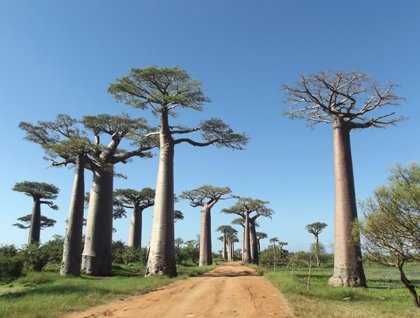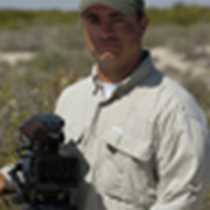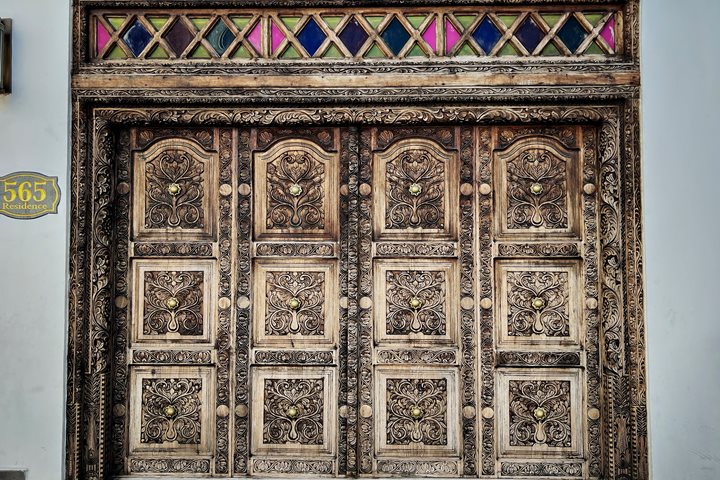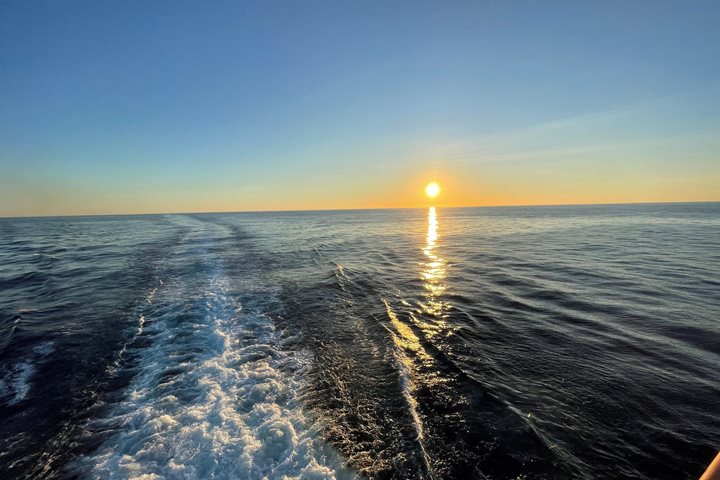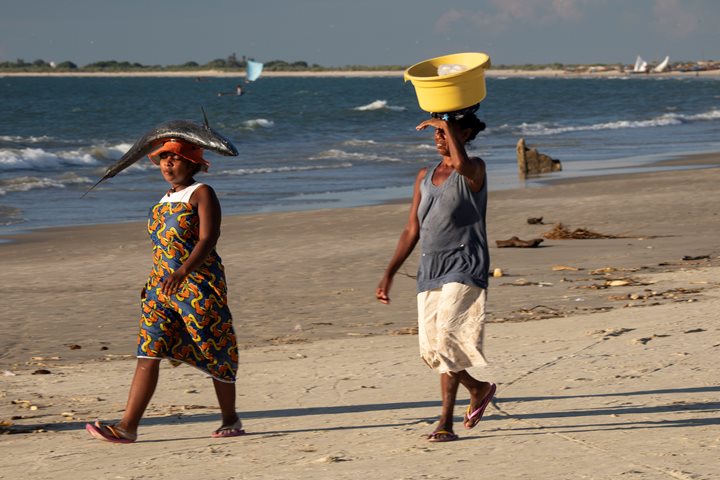After a pleasant morning spent cruising through calm seas, under blue skies, we came into an anchorage a short distance off Morondava, the capital city of the Menabe region on the west coast of Madagascar. The first thing we saw as we came in closer to shore was an unbroken, far-as-the-eye-can-see beautiful white sand beach. Immediately after lunch, we began landing on the beach near the center of the town where we were met by a group of local guys waiting with a fleet of 4X4 vehicles. They took us on a 45-minute ride out into the countryside to see a truly wondrous site, the Avenue of the Baobabs. Everyone who has studied or simply read about Madagascar has surely seen images of this place and its collection of other-worldly trees known as baobabs. These ‘bottle trees’ look like something out of another, more ancient time. One can easily imagine giant Jurassic dinosaurian sauropods slowly walking around amongst them.
There are eight species of baobab trees in the world today. One species is found in Africa, another one is found in Australia, and seven are found in Madagascar. Of those that exist in Madagascar, six are endemic (the seventh species is the same one that is also found in Africa). These bizarre-looking trees are shaped like gigantic bottles, which is appropriate because they specialize in collecting and storing water for survival in dry times. They are adapted to survival in semi-dry tropical regions and can survive many months, perhaps years, without any appreciable rainfall. In fact, the local Malagasy people in the past actually cut off large pieces of bark to retrieve precious water from their pithy interiors. We could see evidence of this in the old healed scars near the bases of several giant trees. Elephants do the same thing to the African species. One giant tree now lies on the ground after having been lost in a cyclone some years ago, and the once swollen trunk is now severely shriveled as it has dried out.
Our quest today was the grandest of all baobabs, Adansonia grandidieri. Specimens of this species can reach over 100 feet in height and grow to eight meters in diameter. These trees cannot compete in height with the tallest trees found in other parts of the world, but their massive trunks make them real giants within the arborescent world. Fortunately for the baobab trees, they do not produce usable wood for human needs, and in fact provide numerous other useful commodities while alive. These include medicinal leaves, pods that give edible fruits (both the fruit pulp and seeds are eaten), seed oil that is used for cooking, and strips of bark that can be fashioned into rope and thatch. Many Malagasy have taboos regarding the treatment of baobab trees and in this region, A. grandidieri is sacred and known as Renala, or Mother of the Forest. No one knows how long these trees live, but evidence indicates at least some species can reach 1,200 years in age. Sadly, there is little left of the original surrounding forest and the remaining baobabs are isolated in low-lying scrub and grasslands, and apart from the ancient giants still standing, there are no little baobab trees about to replace them when they are lost. But, there is hope for baobab trees in Madagascar. While at the avenue, we met Serge Rajaobelina, one of the leading conservationists in Madagascar, and he has started a project to germinate baobab seeds from several species and give them a protected jump start in life. Not surprisingly, they take many decades to mature, so we must begin now in nurturing future generations of these amazing trees. Many of us were able to take part in planting A. grandidieri seedlings in a specially prepared area right near the Avenue of the Baobabs. We were very excited!
Upon return to the beach of Morondava, we discovered our presence had created quite a scene in town as hundreds of local people were gathered on the beach to see the big ship anchored offshore, meet the strangers, and even try to sell a few souvenirs to us at the same time. Many little girls were still wearing their fancy Easter dresses from church services attended earlier in the day.

